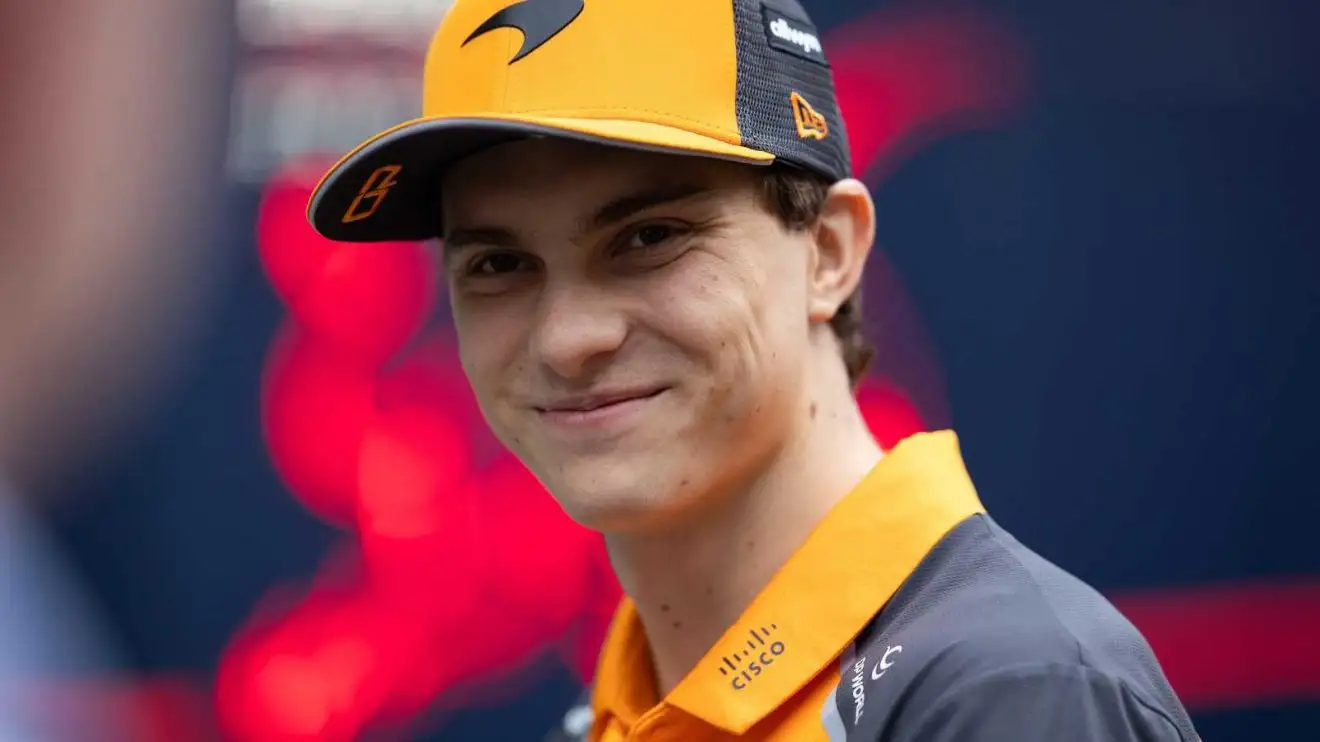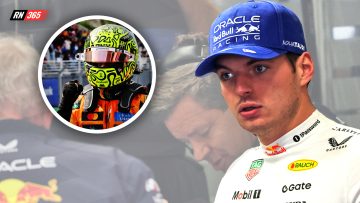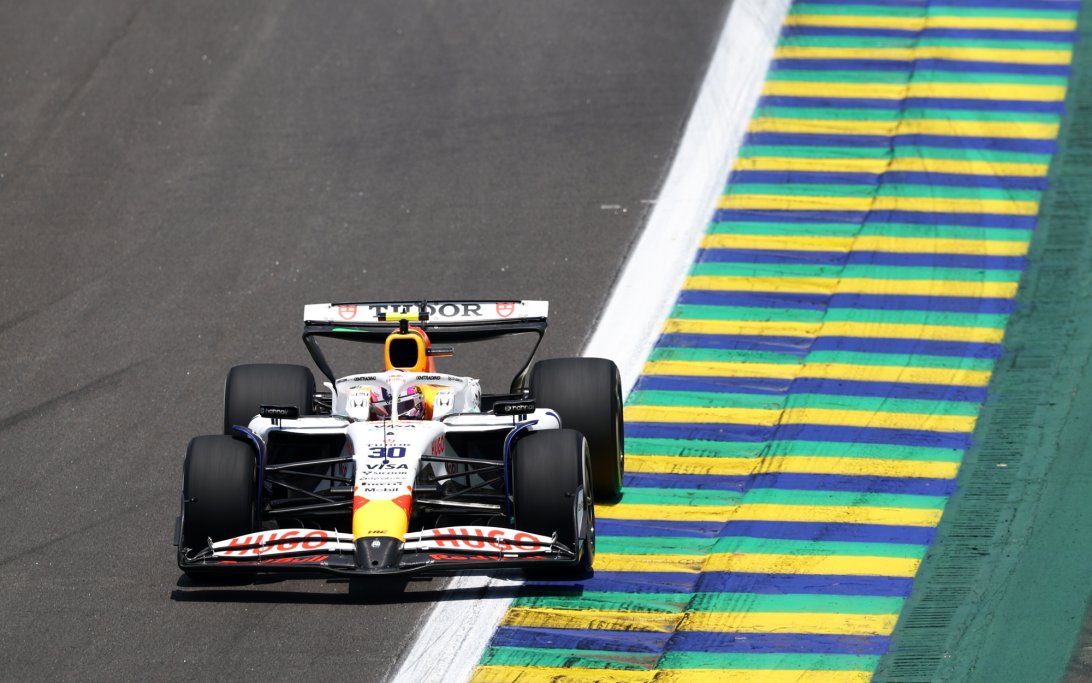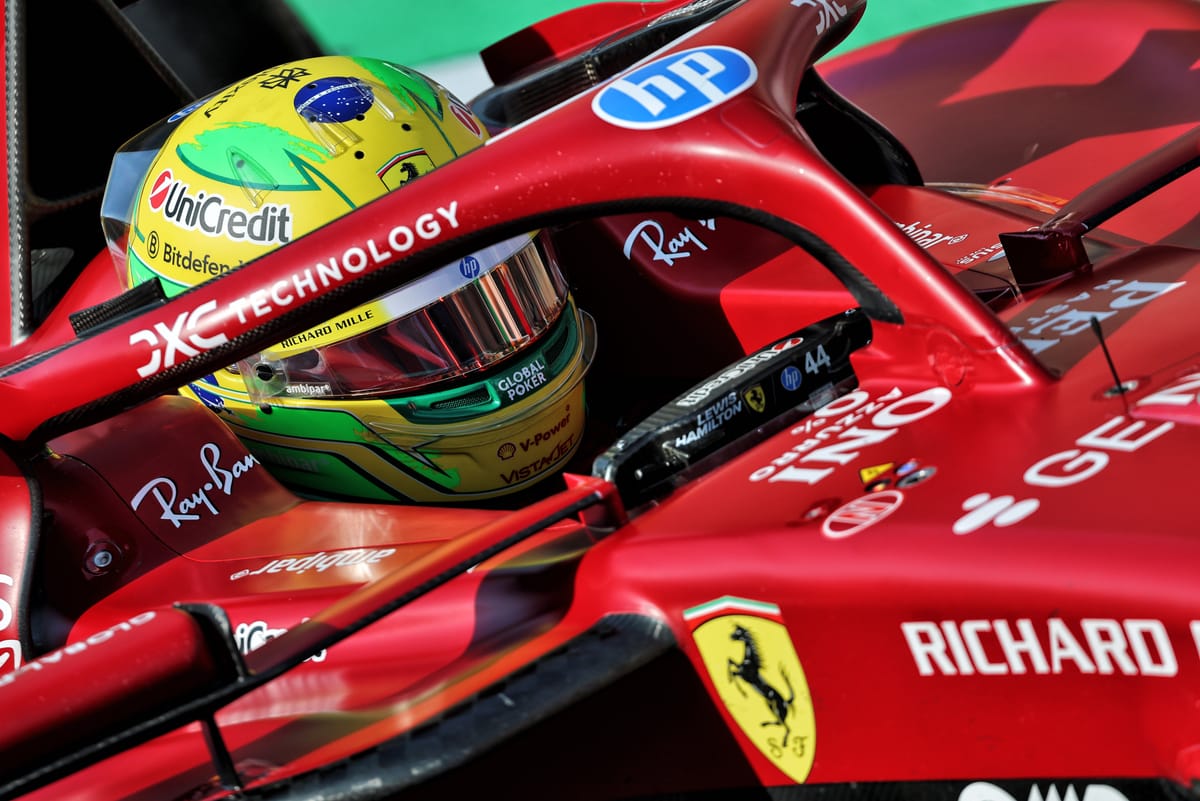
What's Trapped Red Bull in Brazil?
Red Bull's struggles at Interlagos during the Formula 1 sprint format's inaugural day are due to a complex interplay of circuit demands and car characteristics. Despite Max Verstappen's speed in certain sectors, the RB21's sensitivity to ride height and its current aerodynamic setup have left the team trapped, unable to find the grip and rotation needed in the crucial middle sector.
Why it matters:
After a dominant season, Red Bull's unexpected difficulties highlight the unique challenges of the sprint format and the Interlagos circuit's specific demands. Their inability to quickly adapt underscores how fine the margins are in F1, even for the leading team, and suggests that other constructors like McLaren and Mercedes are better positioned to exploit these specific conditions.
The details:
- Sprint Format Challenges: The one-practice session before sprint qualifying offers minimal time for setup adjustments, leaving teams with little room for error if their car isn't immediately optimized.
- Interlagos Demands: The circuit requires a higher-than-usual rear ride height, which fundamentally disrupts the RB21's typical aerodynamic performance.
- Red Bull's Dilemma: Verstappen's car, running with relatively low wing, excels in sectors one and three but suffers from severe understeer and lack of rear support in the middle sector. This setup, usually efficient at low wing levels, fails to deliver when the underfloor's performance is compromised by higher ride heights.
- Aerodynamic Sensitivity: The RB21's performance is heavily reliant on a low ride height to maximize its high-speed aero advantage. When the rear is lifted, this advantage diminishes, preventing the team from using a larger front wing to combat low-speed understeer without introducing rear instability at high speeds.
- Plank Wear Concerns: Opting for a bigger wing to gain downforce would likely lead to excessive plank wear, creating another setup constraint.
- Competitor Performance: McLaren, Mercedes, and Aston Martin adapted quickly. Lando Norris took pole, with McLaren showing a wider 'sweet spot' in their setup, particularly in handling rear ride height increases. Mercedes demonstrated strong traction in the slow middle sector, while Aston Martin, less reliant on ultimate downforce, responded well to bigger wings.
- Ferrari's Struggles: Ferrari also struggled, with their car historically not responding well to raised rears.
What's next:
The 'Rubik's Cube puzzle' for Red Bull remains, with the team hoping to find a solution for proper qualifying and the Brazilian Grand Prix. The forecast for heavy rain and strong winds suggests the sprint race could be further randomized. While Friday's running revealed immediate weaknesses, the full Grand Prix weekend offers more opportunities for teams to unlock their car's potential and adjust to the unique Interlagos conditions.
Original Article :https://www.the-race.com/formula-1/whats-trapped-struggling-red-bull-in-brazil-m...









